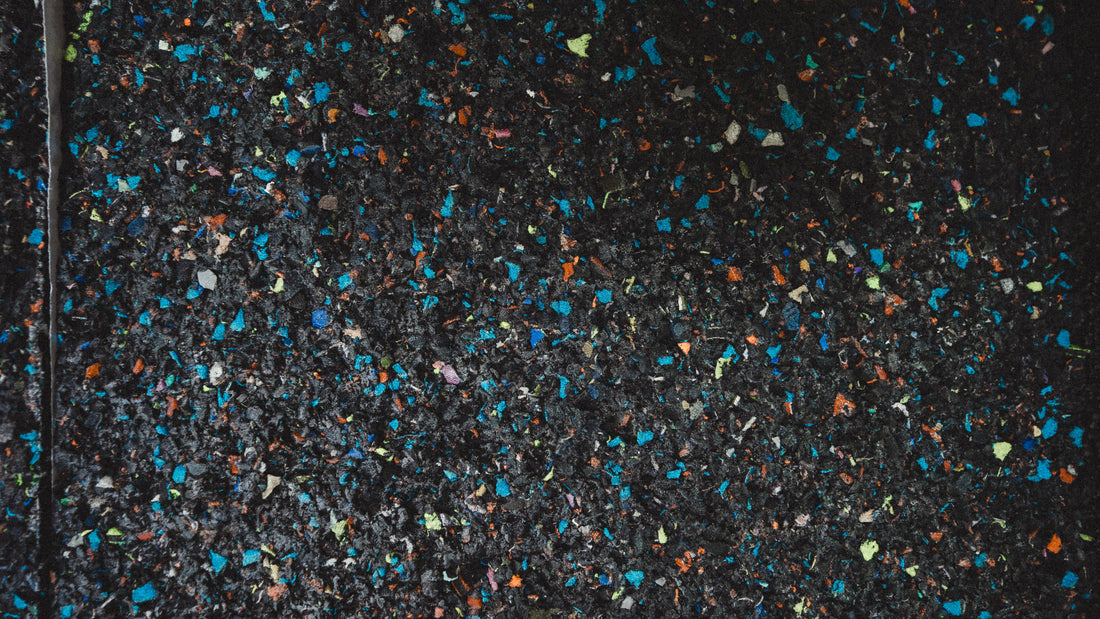
Wetsuit Recycling Explained: Current issues, advancements and future prospects
Share
Wetsuits and neoprene products contribute significantly to pollution and landfill waste, with an estimated 8,380 tonnes of old wetsuits discarded globally each year. The lack of sustainable collection and recycling systems compounds this issue, posing a serious threat to the environment. The calculation of this waste takes into account the average lifespan of wetsuits, which is approximately five years, leading to an alarming amount of neoprene headed for landfills.

The Challenge of Traditional Wetsuit Recycling:
Traditional wetsuit recycling faces numerous challenges, primarily due to the materials used in their construction. The rubber is lined with skin friendly materials like nylon, polyester, and other materials that cannot be easily separated, making it challenging to recycle wetsuits back into wetsuits. This limitation has resulted in a significant portion of discarded wetsuits ending up in landfills or incineration facilities.
Recent Advances in Wetsuit Recycling:
Despite these challenges, recent developments offer hope for a more sustainable approach to wetsuit recycling. Companies like Patagonia have started using old wetsuits to create new wetsuit materials. Through their process wetsuits can now be recycled into the black dyes for new Patagonia wetsuits, demonstrating the potential for a circular economy within the industry.
Another promising solution involves grinding down old wetsuits to create a new sheet of foam, which can be used to make various products such as beer cozies, yoga mats, and beach bags.
As mentioned, the lining on wetsuit rubbers cant be removed and therefore when it is ground down and made into a new sheet of foam the properties change, it becomes quite rigid and so the material cant be used to make wetsuits again.
Snawve has taken a pioneering step by partnering with Europe's first wetsuit recycling facility, aiming to provide a comprehensive 360, circular economy, end-of-life solution for wetsuits.

Snawve’s partner, Circular flow’s proprietary technology, developed over six years, allows for the creation of stable and ready-to-manufacture recycled neoprene sheets. This innovative process involves laminating almost any material on top of the recycled neoprene, expanding the range of sustainable products that can be produced.
On top of the benefits of recycling old wetsuits the process is focused on sustainability at every angle:
- 1) No Burning or Melting: Circular Flow’s process avoids environmentally harmful practices like burning or melting, ensuring a cleaner and more sustainable approach to wetsuit recycling.
- 2) Detaching Sub Materials: The recycling process also involves the separation of sub-materials, such as zips, snap buttons, and other plastic or metal items, which are submitted to partner facilities for further recycling.
- 3) Environmentally Friendly Glue: The use of Aqua glue, meeting EU legislation criteria, ensures that the lamination process is as sustainable as possible. This glue has been a standard in premium neoprene material lamination for the last decade.
- 4) Extended Material Range: The capability to laminate almost any material on recycled neoprene, including environmentally friendly textiles made from recycled PET bottles, expands the range of sustainable products they can offer.
To facilitate a 360, circular economy recycling offering for our customers, Snawve has initiated a wetsuit collection process in collaboration with brand and retail partners in Ireland. This initiative aims to collect, return, recycle, and retail new consumer products made from recycled neoprene. Notably, these recycled items can be returned at the end of their life, creating a closed-loop system that promotes sustainability.
Future Partnerships and Expansion:
Excitingly, Snawve has several partnerships in the pipeline, and they plan to announce these collaborations soon. Right now the process involves packaging and sending old wetsuits to Snawve. We hope to transition to a ‘’drop off location’’ model to reduce the need for logistics, further reducing carbon emissions for collections.
While initially focused on wetsuits and neoprene water sports, they acknowledge the broader neoprene industry, estimating that annually, 20% of the 300,000 metric tonnes of neoprene products will reach end-of-life, further emphasizing the need for sustainable disposal solutions.
As the global demand for wetsuits continues to rise, so does the environmental impact of their disposal. Snawve's commitment to a circular economy and innovative recycling processes marks a significant stride towards reducing the ecological footprint of wetsuits. By addressing the challenges of traditional wetsuit recycling and embracing advancements in the field, Snawve is not only transforming the way wetsuits are manufactured but also pioneering a sustainable approach that could reshape the entire neoprene industry.
Find out more about our recycling partner Circular flow here.

